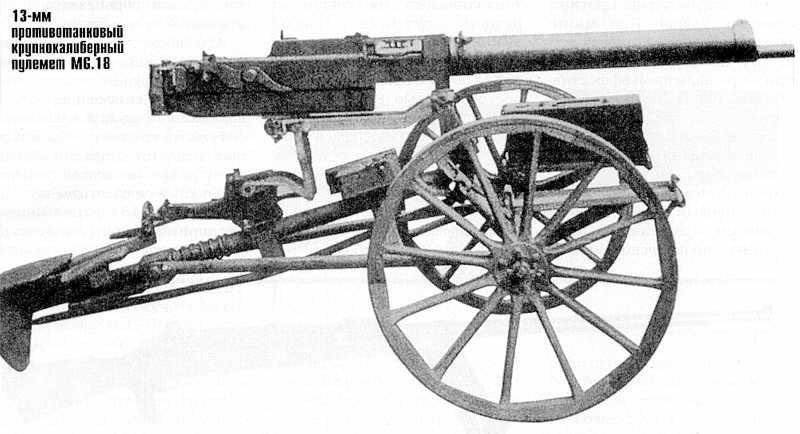Heavy machine gun TuF

The truce concluded by 11 in November was the reason for the completion of the work. And the Versailles restrictions to the Reichswehr forbidden to have large-caliber machine guns. Reichswehr experts at the beginning of 1925 of the year concluded that "13-mm caliber targets are not responsible" and drew the attention of 20 mm to the caliber - in particular, the Swiss light automatic gun "Oerlikon", especially since it was based on the German gun Becker
Technical characteristics of the TuF machine gun:
Caliber - 13,3x92 (13,32-mm);
The mass of the "body" machine gun - 37 kg;
The length of the "body" of the machine gun - 1750 mm;
Initial bullet speed - 550 m / s;
Maximum firing range - 6400 m;
Maximum height reach - 3000 m;
The rate of fire - 500 shots per minute;
Combat rate - 300 shots per minute;
Tape capacity - 30 cartridges;
Magazine capacity - 75 cartridges;
Type of machine - wheeled;
Machine weight - kg 86;
Calculation - 4 person.
Based on: S. Fedoseev - Machine Guns in the First World War
Information